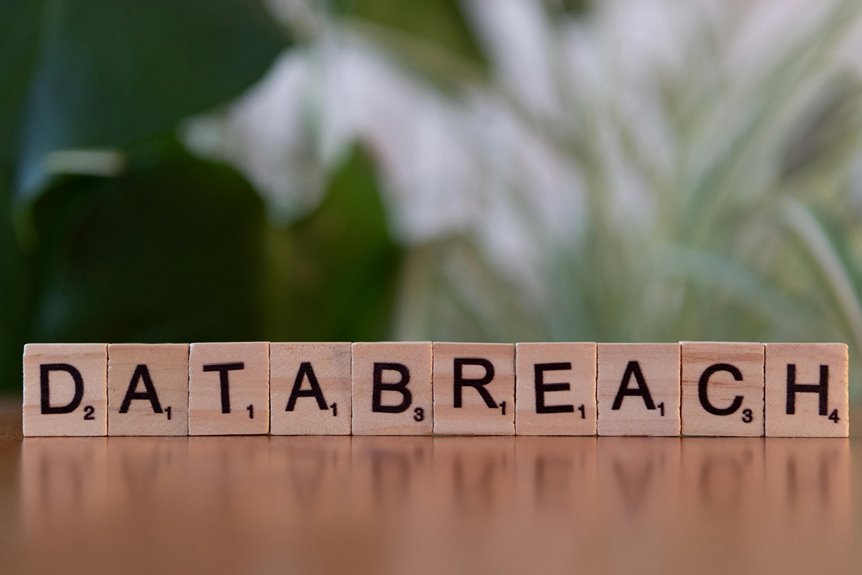
Fraudulent Signal Detection and Compliance Division 5034894053 8333400393 5168821708 9104442796 4405965596 8772519606
In today’s landscape, understanding fraudulent signal detection is essential for any compliance division. You’ve likely observed how patterns of behavior can reveal potential risks, leading to targeted interventions. The methods your division employs are critical, especially as regulatory standards evolve. As you navigate this complex environment, consider how enhanced digital security measures can further protect sensitive information. What strategies will you implement to strengthen your organization’s integrity?
Understanding Fraudulent Signal Detection
Understanding Fraudulent Signal Detection involves recognizing patterns that deviate from normal behavior, as these anomalies often indicate potential fraud.
By engaging in signal analysis, you can identify irregularities that traditional fraud detection methods might overlook.
This proactive approach empowers you to safeguard your interests, ensuring that you remain vigilant against deceptive practices while maintaining the freedom to operate without fear of financial loss.
Strategies Employed by the Compliance Division
After identifying fraudulent signals, the Compliance Division employs a range of strategies to mitigate risks and maintain regulatory standards.
You’ll see them conduct thorough compliance audits and perform detailed risk assessments, analyzing data to pinpoint vulnerabilities.
The Importance of Regulatory Compliance
While navigating the complexities of today’s regulatory landscape, organizations must prioritize compliance to safeguard their operations and reputation.
Adhering to regulatory frameworks isn’t just about avoiding penalties; it fosters trust and promotes ethical behavior.
Conducting regular compliance audits ensures you’re aligned with evolving regulations, minimizing risks and enhancing operational efficiency.
Ultimately, strong compliance practices empower your organization to thrive in a competitive environment.
Enhancing Digital Security for Stakeholders
As organizations increasingly rely on digital platforms, enhancing digital security for stakeholders becomes essential to protect sensitive information and maintain trust.
Prioritizing stakeholder engagement ensures you understand their concerns and expectations. Implementing robust digital authentication methods safeguards access to critical data.
Conclusion
In navigating the complexities of fraudulent signal detection, you’re not just safeguarding your organization—you’re building a fortress of trust with stakeholders. By prioritizing regulatory compliance and enhancing digital security, you create a robust defense against potential threats. Think of it as weaving a safety net that catches risks before they fall. As you implement these strategies, you’ll not only protect your integrity but also gain a competitive edge in the marketplace—turning challenges into opportunities for growth.




